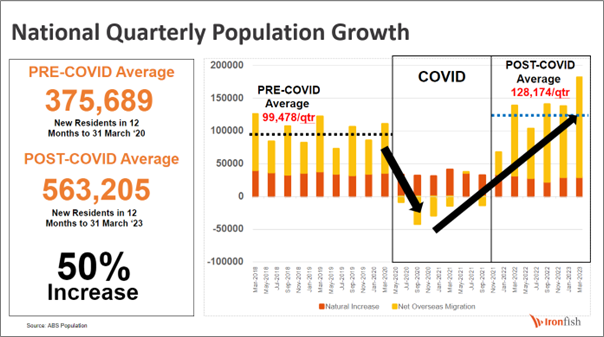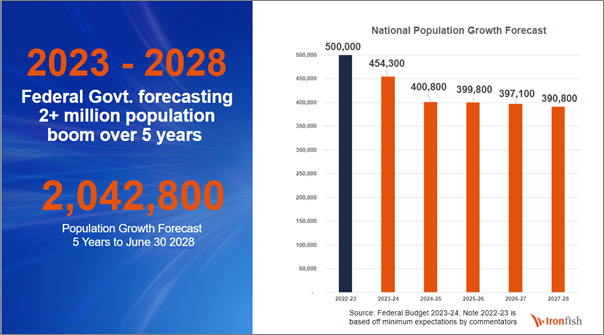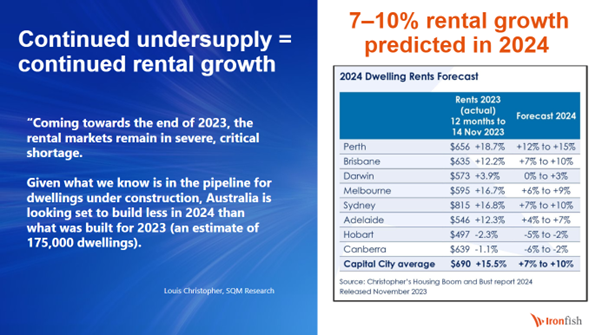Is Immigration Really Affecting House Prices ?
A study carried out by the Australian Housing and Urban Research Institute established that approximately one-third of the increase in rental prices in Australia over the past two decades can be attributed to migration. This finding underlines the major impact of immigration on Australia’s housing market, particularly in the rental sector. It highlights the crucial role that migration patterns play in shaping housing demand and prices, reinforcing the link between immigration influx and the rising rental costs that have been observed across major Australian cities.
Rental demand surges
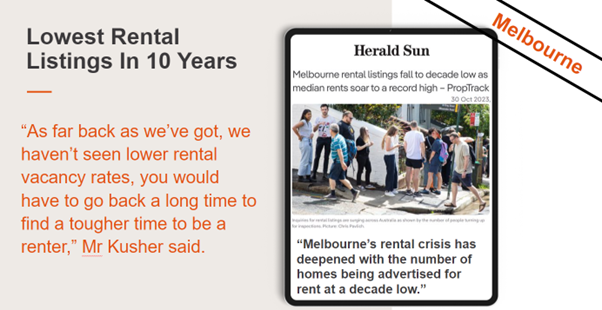
Australia is grappling with a severe rental crisis marked by a surge in demand, limited housing supply, and government inaction. Advertised rents have risen by 10% in the past year, according to CoreLogic. With only 1.1% of the nation’s rental properties currently available for lease, the market is incredibly competitive, and rent prices are expected to continue rising. Experts attribute the crisis to a collision of high demand, driven by immigration, and limited supply, exacerbated by decades of policy failure and inaction across all government levels.
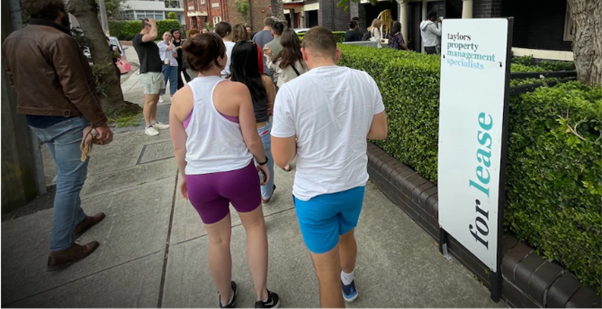
It’s clear that investors will have a significant role to play in addressing Australia’s housing affordability crisis. While the government is working on long-term solutions, investors can step up and help provide affordable rental options for those who need it most. By investing in properties that cater to the needs of international students and skilled migrants, investors can not only generate high returns but also contribute to solving a growing societal problem.
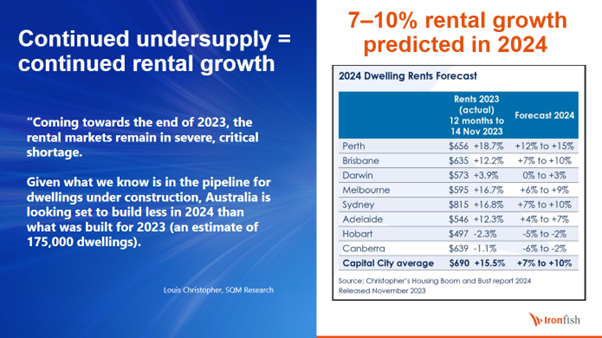
Effects in the rental market
The rental demand surge has not only resulted in rising rent prices, but it has also caused significant strain on the Australian rental market. With limited availability of properties for lease, tenants are facing fierce competition and an inability to secure a suitable rental property.
While the Federal government has taken a significant step forward in addressing the nation’s housing crisis with the passing of the $10 billion Housing Australia Future Fund (HAFF), there is still a long way to go. The bill will allow for the construction of 30,000 new social and affordable homes over the next five years, which has been welcomed by peak housing and homelessness bodies. However, it remains unclear when construction will begin, and there are concerns about how an increase in demand for affordable housing will be managed in the short term.

Is reducing migration the solution?
Some have suggested that reducing migration numbers is the answer to Australia’s housing affordability crisis. However, experts argue that this solution is short-sighted and fails to address the root cause of the issue. Migration has been a significant contributor to Australia’s economic growth and has helped fill skill shortages in various industries, such as healthcare, aged care, and hospitality.
The future of our great country lies in its ability to attract and retain skilled migrants who can contribute to the economy. Therefore, reducing migration numbers could have adverse effects on the Australian economy in the long run.

Encouraging property development
Australia needs to encourage more property development if we are to address the housing affordability crisis. Rent-to-build schemes, where the government provides incentives for developers to build affordable homes in return for rental guarantees, have shown promise in not only increasing the supply of affordable housing but also creating jobs and boosting economic growth.

